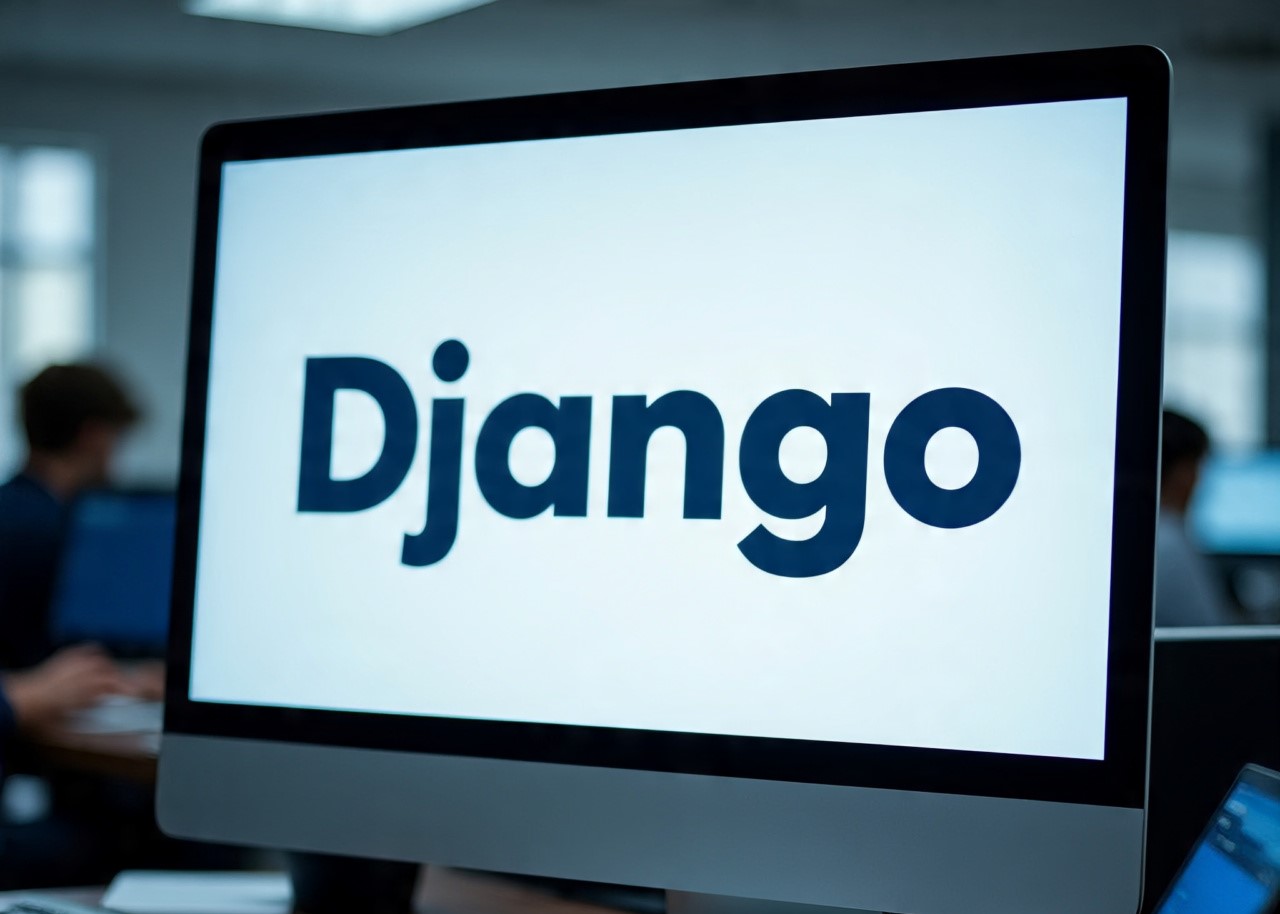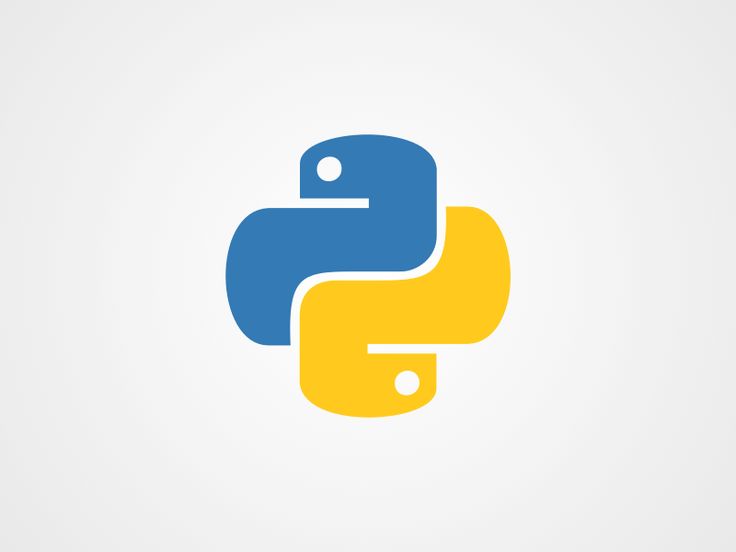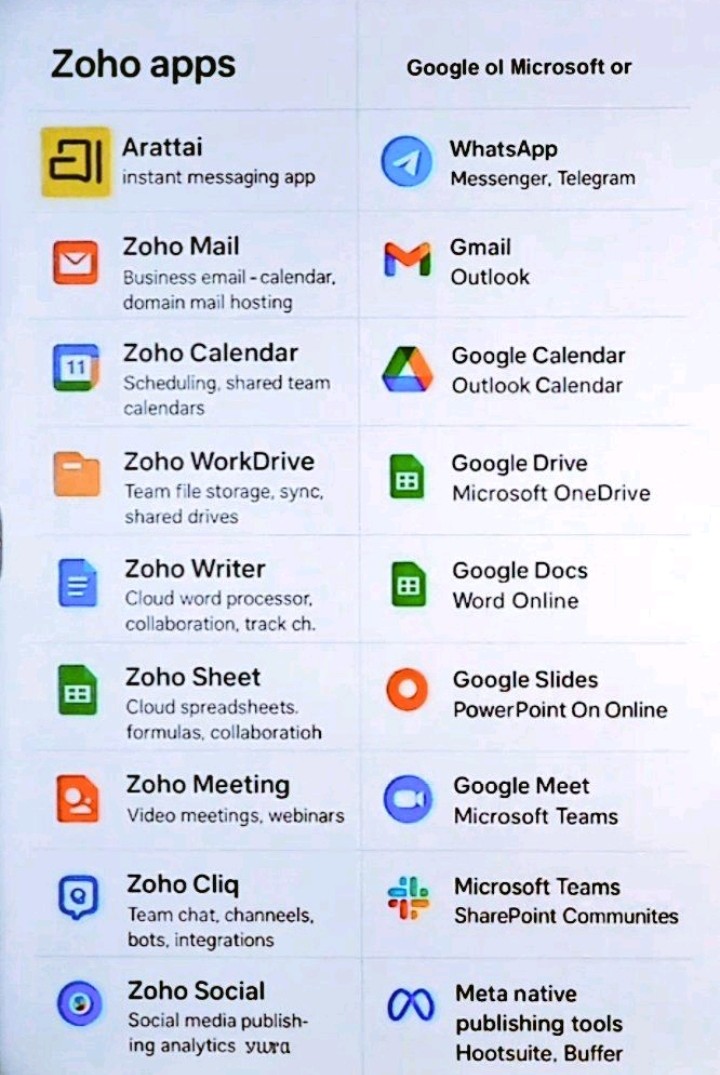-
Latest Update: New tutorials and tech news coming soon! Stay tuned at TechRouteBP.

Django is a high-level, open-source Python web framework created in 2005 by Adrian Holovaty and Simon Willison. It follows the MVT (Model-View Template) architecture and is designed to help developers build secure, scalable, and maintainable web applications quickly. Django emphasizes the principle of “Don’t Repeat Yourself (DRY)”, promoting reusable code and rapid development. It comes with built-in features like authentication, database management, admin panel, and security mechanisms, making it one of the most popular frameworks for web applications, APIs, and enterprise projects.
Key Features of Django
1. MVT Architecture – Separates business logic, presentation, and data for cleaner development.
2. Rapid Development – Provides built-in tools that speed up application development.
3. Built-in Admin Interface – Automatically generates an admin dashboard for managing app data.
4. ORM (Object Relational Mapper) – Interacts with databases using Python objects instead of raw SQL.
5. Authentication System – Includes user login, registration, and permission handling.
6. Scalability – Suitable for both small projects and large enterprise applications.
7. Security Features – Protects against SQL injection, CSRF, XSS, and clickjacking attacks.
8. Reusable Apps & Packages – Supports plug-and-play apps that can be reused across projects.
9. REST Framework Support – Django REST Framework (DRF) makes building APIs simple and powerful.
10. Strong Community Support – Large community with extensive documentation and third-party packages.


